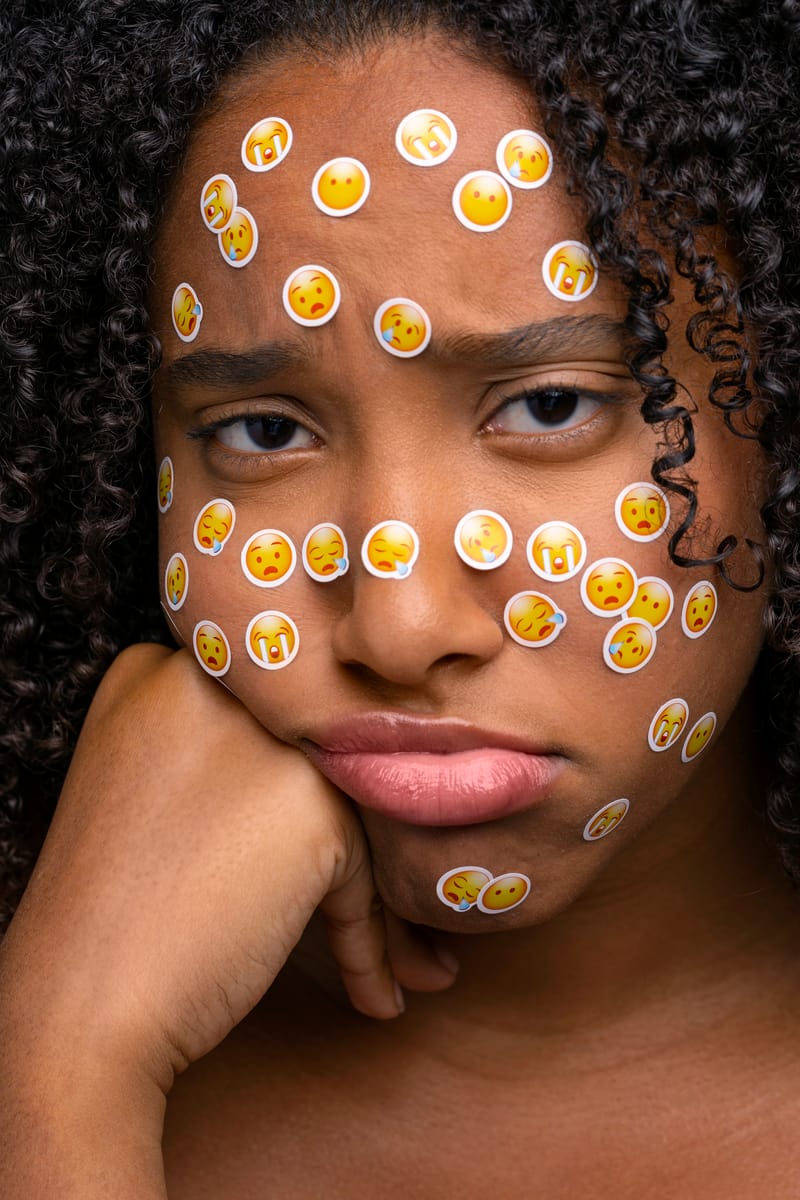Pimple patches, also known as acne patches, hydrocolloid bandages, hydrocolloid patch or even blemish patches have become a staple in spot treatments and skin care routines of many. These small, discrete stickers are not only a protective cover for blemishes but also a treatment method that can speed up the wound healing process. But have you ever noticed how these patches have a white appearance after a period of use? Let's dive into the science behind this phenomenon and understand why it happens.
Key Takeaways:
- Pimple patches turn white due to the absorption of fluid from the blemish.
- Hydrocolloid material in the patches is responsible for the color change.
- Understanding the functionality of pimple patches can help in their effective use.
The Science Behind Pimple Patches
Pimple patches have emerged as a revolutionary tool in the battle against acne. These small, adhesive marvels boast the ability to diminish pimples overnight—a claim that is often supported by the enthusiastic testimonials of numerous users. However, the intriguing question remains: what is the scientific explanation for their transformation into that distinctive white hue?
Known alternatively as acne patches or hydrocolloid patches, these products function by establishing a protective barrier between the blemish and external elements. They consist of a hydrocolloid dressing, a material widely utilized in medical wound care for its fluid-absorbing properties and its capacity to expedite healing. When a pimple patch is placed over a blemish, it adheres to the skin and forms a protective seal.
Upon contact with the pimple, the patch begins its remedial action. The hydrocolloid material soaks up fluids such as pus and oil from the blemish, while simultaneously shielding it from outside pollutants. This twofold approach not only accelerates the healing process but also mitigates inflammation. The transformation to a white color occurs as the hydrocolloid dressing reacts with moisture (like the fluid from a pimple), creating a gel-like substance. As the patch absorbs this fluid, it starts to swell and turns the patch white or opaque. This color change is a visual indicator that the patch is doing its job. It's not just a cosmetic change; it's a sign that the healing process is underway, with the patch protecting the pimple from further infection and preventing you from picking at it.
The Role of Hydrocolloid Material
Hydrocolloid is the star component of pimple patches. It's a gel-forming agent that contains particles that are hydrophilic, meaning they love water. These particles swell up in the presence of moisture, which is what happens when they come into contact with the fluid from your pimple. The white color you see is essentially the spot treating ingredient, hydrocolloid, the material that has absorbed the liquid and expanded.
This material not only helps to draw out impurities but also keeps the area under the patch moist, which is crucial for healing. Dry wounds or pimples can form scabs and take longer to heal, while contact with moisture and a moist environment promotes faster cell turnover and reduces the risk of scarring.
How to Use Pimple Patches Effectively
Depending on the severity of acne, for the acne stickers to work their magic, it's important to apply them correctly. Start with clean hands; clean and dry your face to ensure that the patch adheres well to the skin. Place the patch directly over the pimple, pressing down gently to secure it. The patch should be left on for several hours, or even overnight, to allow enough time for it to absorb the fluids.
When you remove the patch, you should do so gently to avoid irritating the skin. If the pimple isn't completely healed, you can apply a new patch. However, if the area is dry and no longer raised, it's best to let the skin breathe and continue healing on its own.
When to Use Pimple Patches
Pimple patches are most effective on certain types of blemishes. They work best on pimples that have come to a head, where there is a visible collection of pus at the surface of the skin. These are typically whiteheads or pustules. Pimple patches can also be used on popped pimples to protect the area and prevent further infection.
However, they are not as effective on blackheads or cystic acne, as these types of blemishes don't have a head with fluid that the patch can absorb. In these cases, other acne treatments may be more appropriate.
The Benefits of Pimple Patches
One of the main benefits of pimple patches is that they prevent you from picking at your pimples. Picking can lead to scarring, increased inflammation, and the spread of bacteria, which can cause more pimples to form. By covering the blemish, pimple patches keep it out of sight and out of mind.
Additionally, pimple patches create a barrier between the pimple and the outside world. This means that makeup, dirt, and other external factors can't aggravate the blemish further. It also means that the healing process is kept clean, reducing the risk of infection.
The Limitations of Pimple Patches
While pimple patches are a great tool for dealing with individual blemishes, they are not a cure-all for acne. They are designed to treat single pimples rather than widespread acne breakouts. For those with more severe or persistent acne, it's important to consult with a dermatologist to find a comprehensive treatment plan for your skin concerns.
Moreover, pimple patches might not work for everyone. Some people may find that their skin doesn't respond to the patches, or they may experience irritation. It's always best to patch test a new product before applying it to a larger area of the skin.
Pimple Patch Ingredients and Skin Types
Pimple patches are generally safe for all skin types, but it's important to look at the ingredients. Some patches contain additional acne-fighting ingredients like salicylic acid or tea tree oil, which can be beneficial but might also cause irritation for those with sensitive skin.
If you have sensitive skin, opt for patches that are free from added ingredients and fragrances. This will minimize the risk of irritation while still providing the benefits of hydrocolloid.
The Evolution of Pimple Patches
Pimple patches have come a long way since their introduction to the skincare market. Initially, they were simple hydrocolloid dressings, but now you can find patches infused with various active ingredients aimed at treating acne while providing additional benefits like reducing inflammation or promoting healing.
Some brands have even developed patches that are thin and translucent, making them virtually invisible on the skin. This evolution means that there's a pimple patch out there for almost every need and preference.
Pimple Patches and Skincare Routines
Incorporating pimple patches into your skincare routine is straightforward. They should be applied after cleansing and drying the skin but before applying any other skincare products. This ensures that the patch can adhere properly and do its job effectively.
After removing the patch, follow up with your regular skincare routine. If the pimple is still healing, be gentle around that area and avoid using harsh products that could irritate the skin.
Summary
Pimple patches turn white because of the hydrocolloid material they are made from, which absorbs fluid from the pimple. This not only helps to draw out impurities but also creates a moist environment that promotes healing. Pimple patches are a useful tool for treating individual blemishes, especially when used correctly and on the right type of pimples. They are not a solution for widespread acne but can be an effective part of a comprehensive skincare routine.
FAQ Section
Q: Can pimple patches be used on all types of acne? A: Pimple patches are most effective on whiteheads and pustules. They are not recommended for blackheads or cystic acne, as these do not have a head with fluid that the patch can absorb.
Q: How long should I leave a pimple patch on? A: Pimple patches should be left on for several hours or overnight to allow enough time for them to absorb fluids from the pimple. Follow the instructions on the packaging for the best results.
Q: Are pimple patches suitable for sensitive skin? A: Yes, pimple patches are generally suitable for sensitive skin, especially if you choose patches without added ingredients or fragrances. However, it's always a good idea to patch test a new product before applying it to a larger area.
for more information about Pimple Patches please click the link below!







